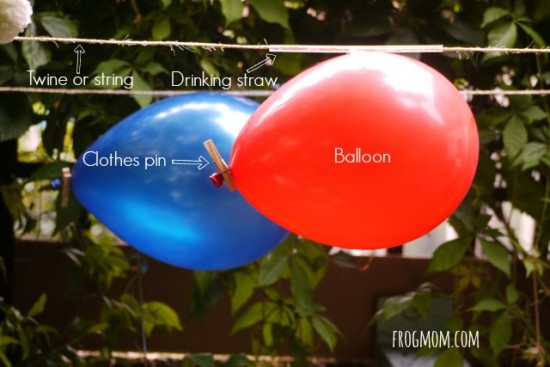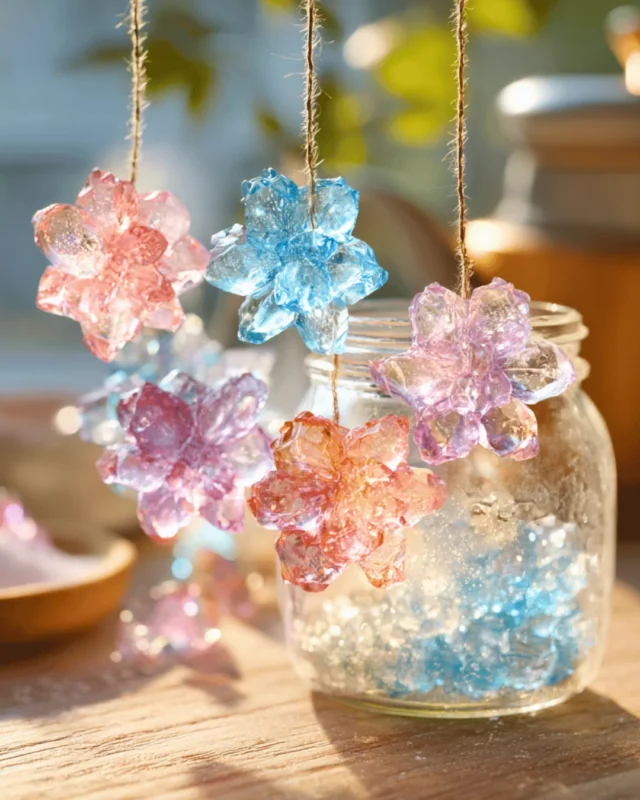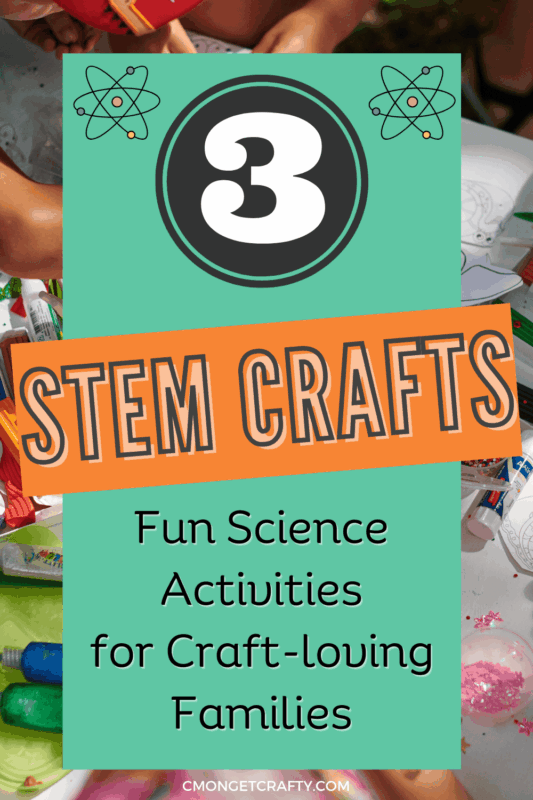PSST – I use affiliate links on my website, from Amazon as well as others – this means if you click my links, I may earn a little money at no cost to you! As an Amazon Associate I earn from qualifying purchases. I appreciate your support of my blog, and if you have questions, you can see my disclosure policy here. Thank you!
As a kid, I was very into specific classes; English, history, drama, and art. I got decent grades in biology, math and I don’t get along, and I avoided chemistry as if my life depended on it.
However, I do enjoy the more fun aspects of STEM learning, and my boys are much better with them than I am. So why not get crafty with some science? (I’m telling 14yo me that I can do this, there’s no grade involved!)
Science experiments don’t have to look like a high school chemistry lab with goggles, test tubes, and that one kid who always “accidentally” sets something on fire. In fact, you can transform your kitchen table into a discovery zone where curiosity meets creativity. Around here, we keep it simple, hands-on, and ALWAYS a little crafty. Even I know that learning sticks better when it’s also fun.
If your family loves DIY projects, art supplies, and the occasional “whoa, that’s cool!” moment, then read along to discover some fun science activities perfect for craft-loving families.
Build and Launch Model Rockets
Model rockets are the ultimate mix of craft, physics, and sheer excitement. You can grab a beginner-friendly kit that comes with all the parts you need (fins, nose cone, recovery system, the works).
Start by assembling the rocket body tube and attaching the fins using wood glue. As you explain how fin placement affects the rocket’s trajectory, your children will learn about stability and flight dynamics. Once finished, paint the rocket in bright colors or patterns that reflect your family’s personality. To go more in-depth, have your kids calculate the model rocket’s altitude and explore ways to increase it.
Here’s the fun part: after building and painting your rocket (because of course it needs to match your family style), you can teach your kids about aerodynamics, stability, and flight paths. Bonus points if you track how high it goes and challenge them to design upgrades for the next launch.
Crafty Touch: Add in some creative flair by decorating with washi tape, stencils, or even a family “mission patch” made on sticker paper. You can also try alternative rocket ideas, like these balloon rockets from Frogmom.

Grow Colorful Crystal Gardens
This one is an easy project to craft-ify because it looks like artistic magic but it’s really just chemistry in action. With salt, sugar, or Epsom salts and some hot water, you can make your own crystal formations at home.

Shape pipe cleaners into flowers, stars, or trees, suspend them in the solution, and watch as sparkly crystals form over a few days. Different salts create different crystals with unique colors and shapes, so you’ll have plenty of variety. For example, salt creates cubic formations, while Epsom salts form needle-like structures. With only their eyeballs, your kiddos will get to see how temperature affects crystal growth rates.
Steps For Making Crystal Gardens at Home
- Grab a clear, glass jar or plastic container.
- Pour one cup of Epsom salt or table salt into the glass jar.
- Add one cup of hot water and stir this solution together in the jar.
- Drop porous materials such as pipe cleaners into the container.
- Place your jar into a refrigerator overnight.
- Remove the container from the refrigerator the next day to view your crystal garden!
This is also an easy one to tie into holiday decor — crystal snowflakes in winter, crystal flowers in spring. Science plus seasonal crafting? 14yo me was missing out.
Engineer Floating Boats
Grab some recycled materials (foil, corks, plastic containers, craft sticks) and challenge your kids to design boats that actually float. Make a contest for the boat that carries the most cargo without sinking! You’ll naturally cover concepts like buoyancy and water displacement, but in a way that makes sense (and probably includes a lot of bathtub testing).
Keep in mind that wide, shallow designs often outperform narrow boats.
Want to level it up? Add sails with paper or fabric and race them with a straw-powered wind gust. Just don’t be surprised if things get competitive.
Mix Up Homemade Slime
I’ve shared this before, but kids love homemade slime. (Recipe included!)
Slime never goes out of style, and it’s basically polymer chemistry disguised as a sensory play project. Glue, baking soda, and contact lens solution are the base, but you can tweak the texture by adding shaving cream, glitter, or tiny toys.
Kids see gooey fun. You know they’re learning how molecules connect. Win-win.

Start Your Family Science Adventure
With these fun science activities, your craft-loving family will learn valuable lessons while creating memories that last a lifetime. Now, gather your supplies, clear your workspace, and prepare for afternoons filled with discovery!
What kind of STEM activities (if Any?) have you tried with your kiddos? Let me know the favorites – I love new ideas!

You Might Also Like:
The Essential Guide to Craft Glues: What You Really Need in Your Kit
Creative Craft Ideas for Kids on Spring Break

